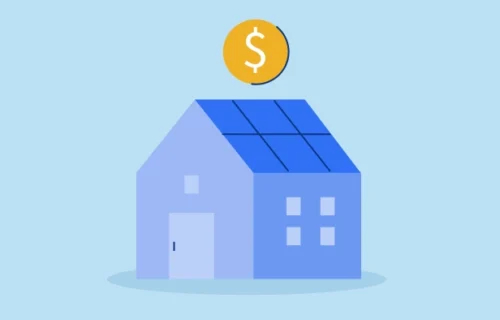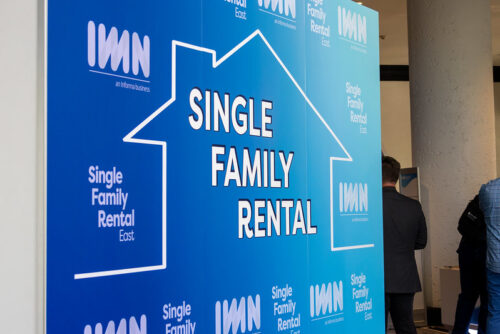
Connect with a Lima One expert today!
If you’d like to know more about this topic or see how it applies to your project, let’s talk.
Take Advantage of the Minneapolis Rental Market & Build an Investment Property
Situated on the banks of the Mississippi River, Minneapolis is home to the Mall of America, the Minnesota Twins, and Paisley Park, Prince’s home and recording studio that now serves as a museum.
One half of the “Twin Cities” duo with St. Paul and Minnesota's most populous city, Minneapolis is the main business center between Chicago and Seattle. The city has a diverse economy of commerce, finance, transportation, healthcare, and technology.
Minneapolis, MN has the 5th-highest concentration of major corporate headquarters and consistently ranks as a great city to live, work, and play.
Minneapolis Real Estate Market Insights
The Minneapolis real estate market has been a profitable seller’s market in the past 18 months, as is the case in many markets across the nation currently. However, it hasn’t been as torrid as peer metro areas. Inventory, median home prices, and days on the market have been more manageable in this market than elsewhere. Inventory is currently at a 1.4-month supply, tighter than the 1.9-month average in August 2020. The average days on the market has decreased from 39 days in 2020 to 22 in 2021.
Median home prices in Minneapolis have increased from $317,000 to $350,000 – a 10% increase YOY. Despite that increase, the $350,000 median sales price in Minneapolis opens the door for investors to buy several properties in Minneapolis for the same cost of one home in a hot market like San Francisco, Miami, or Los Angeles.
As Minneapolis’ inventory has tightened, investors have started looking for ways to add rental properties to the city, leading to a boom of new construction and build to rent housing.
Overall, construction permits in Minneapolis have increased 29% from 2020. Permits for single-family rental home construction have increased 35% while construction permits for multifamily units have increased 25%.
Although Minneapolis isn’t one of the hottest single-family rental markets right now, there is still a lot of opportunity for SFR investments because more and more renters are seeking single-family properties.
New construction projects can be appealing to investors due to lower home prices and good overall returns within a desirable metro area.
The State of Minneapolis’ Rental Market
The Minneapolis rental market is strong. The Twin Cities follow other national markets with trends of increasing home prices, increasing rents, and decreasing unemployment rate
The city’s unemployment rate is almost back to pre-pandemic numbers. From January to March 2020, Minneapolis’ unemployment rate hovered between 3% and 4%. In May 2020 – at the height of the pandemic – the unemployment rate skyrocketed to 12%. As of August 2021, the rate had fallen to 3.5%.
Rental Properties Are Holding Strong
While many major cities have experienced a surge in vacancies amid the pandemic, rental occupancy in Minneapolis has increased slightly, from 95% to 96% YOY. Even accounting for an expected dip post-eviction moratoria, that remains a very strong occupancy rate.
Additionally, monthly rent has decreased slightly in Minneapolis across two and three-bedroom apartments—demonstrating the push toward single-family housing.
- The average rent for a 1-bedroom apartment in Minneapolis increased by 3% to $1,180.
- The average rent for a 2-bedroom apartment in Minneapolis decreased by 14% to $1,670.
- The average rent for a 3-bedroom apartment in Minneapolis decreased by 6% to $1,875.
Minneapolis is considered one of the best rental property markets in Minnesota. The city is home to 19 Fortune 500 companies, has a higher-than-average population growth, and a steadily growing economy.
This has created the perfect recipe for a very strong rental market in Minneapolis. Purchasing investment property in Minneapolis or investing in Minnesota build to rent properties would be a solid decision for real estate investors.
Minneapolis’ Build to Rent Market is Booming
Nationally, the build to rent home model has been one of the fastest-growing sectors of the housing market, with demand from renters and investors exceeding supply.
Real estate investors and developers are seizing the opportunity created by housing shortages to fill the growing demand for build to rent homes. The build to rent boom is providing investors, builders, and developers with another path to profitability.
The Minneapolis rental market is no exception. The city’s rental and new construction markets are strong, but there has been a shortage of affordable multifamily developments in the Twin Cities. This mix has created an unquenchable demand for build to rent homes.
What Does Minneapolis’ Build to Rent Market Mean for Investors?
Build to rent communities have taken off in Minneapolis. Over the past three years, two large build to rent communities have been completed in the Twin Cities region, with a third planned to offer housing by early 2022.
The experiment with single-family rental neighborhoods is proving to be a success, as the model is a win for both residents and owners. It’s created a likelihood for more rental renewals, higher rent growth, and long-term residents. So whether you’re ready to build a development or looking to build urban in-fill or spec homes, build to rent investments in Minneapolis should pay off.
Despite low inventory and increasing home prices, Minneapolis investors with strong real estate investment strategies can still profit. It’s now more important than ever to have a lender capable of helping you:
- Secure a loan with the best price and maximum leverage for your next rental investment
- Close properties quickly and certainly
- Run your construction and rehab projects smoothly
If you’re interested in building rental properties in Minneapolis, Minnesota and need construction financing, call Lima One to learn more.
When it comes to funding new construction loans, we’re the expert you’re looking for. Lima One’s new construction loan program is created for builders and offers services other lenders can’t.
Recently Funded Deals
Subscribe for More Insights
Get the latest industry news & Lima One updates.









